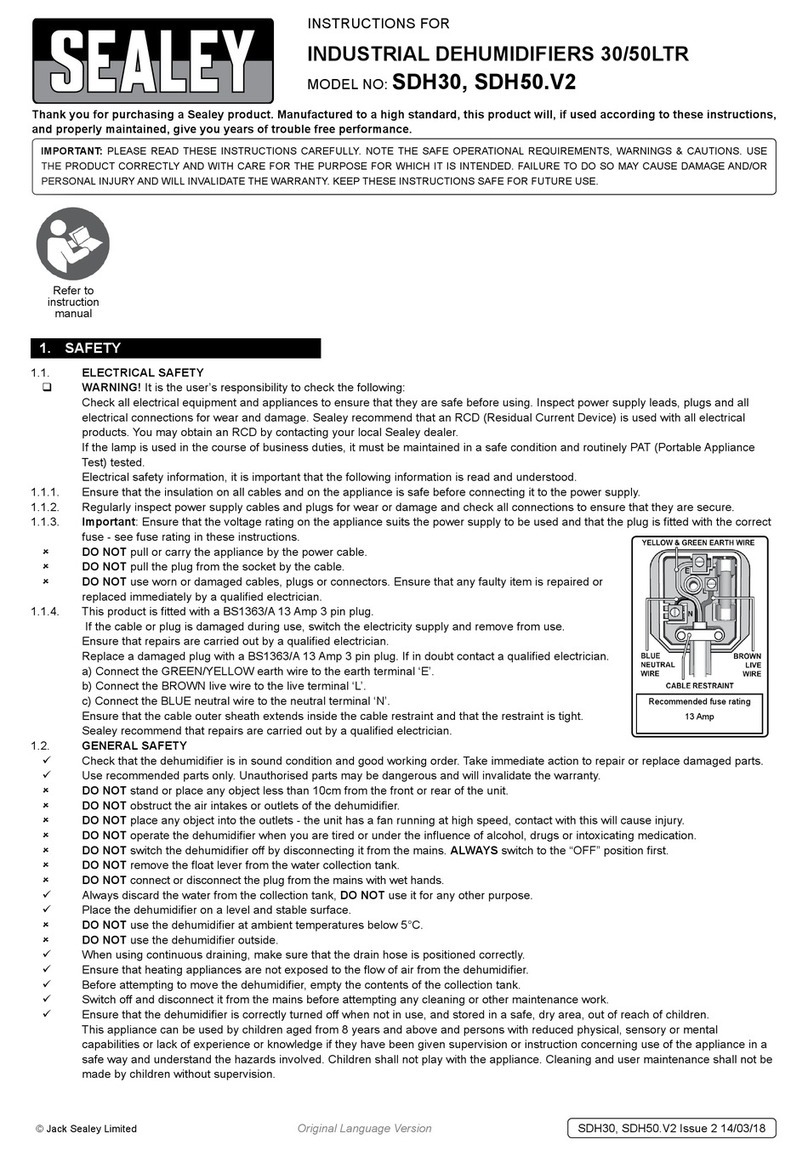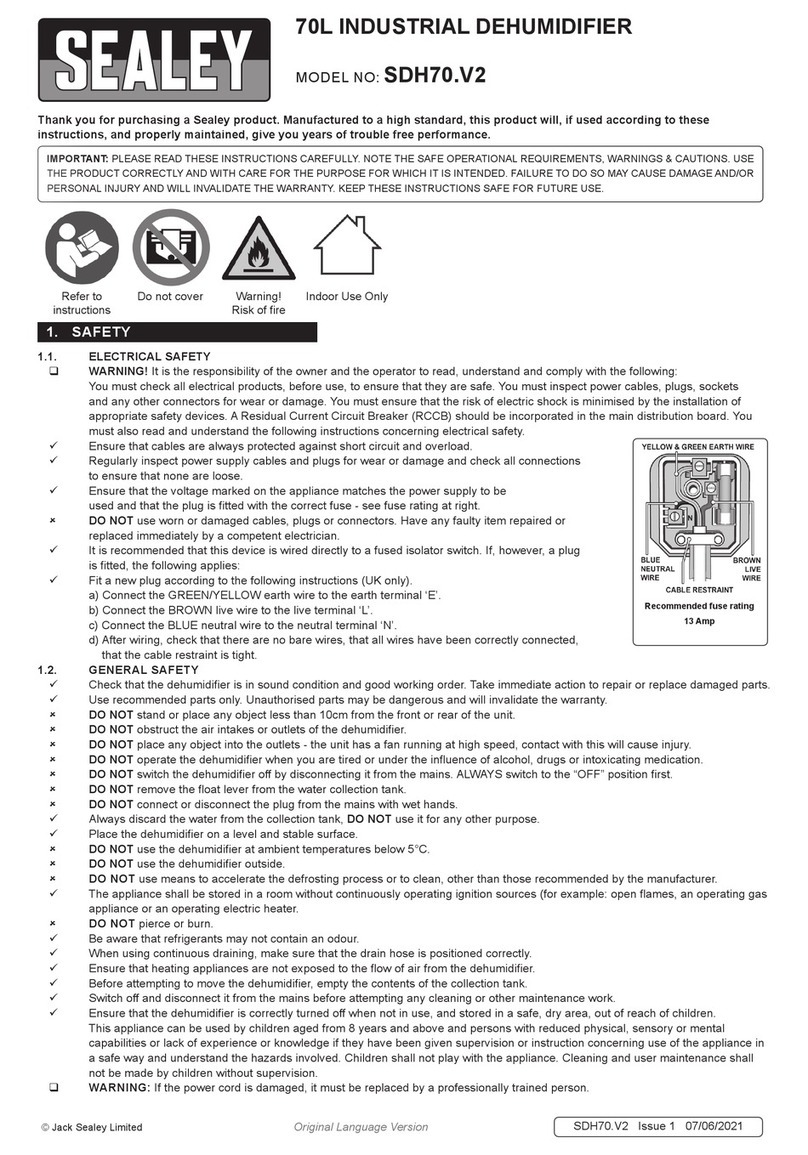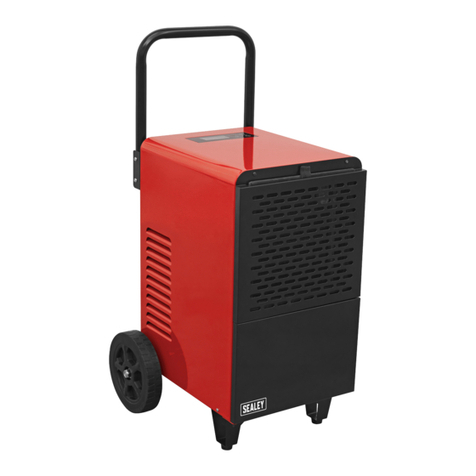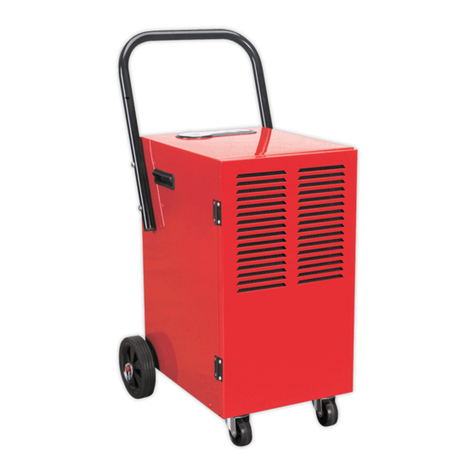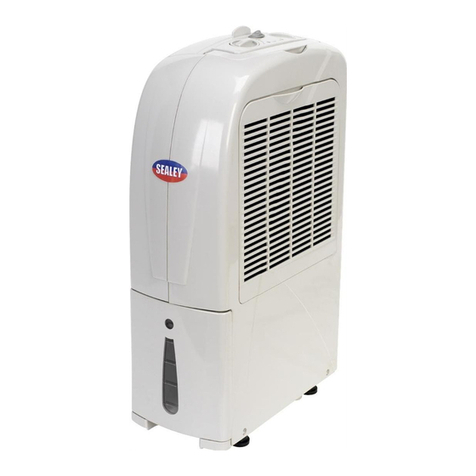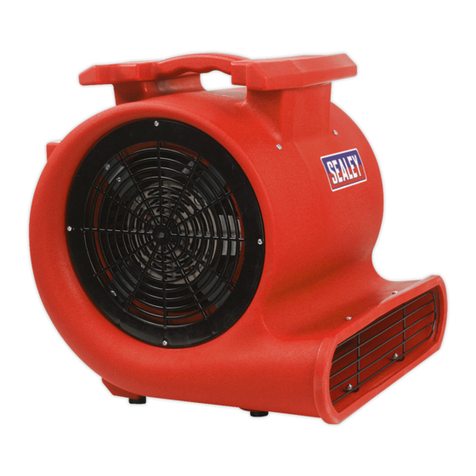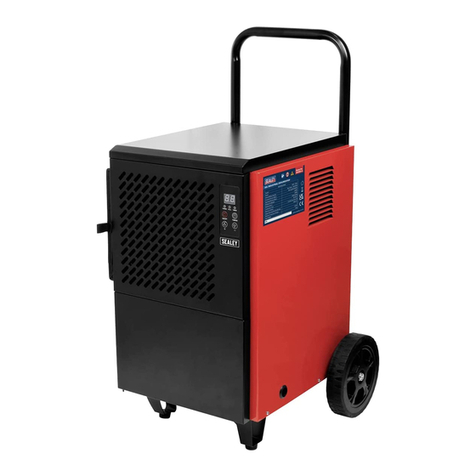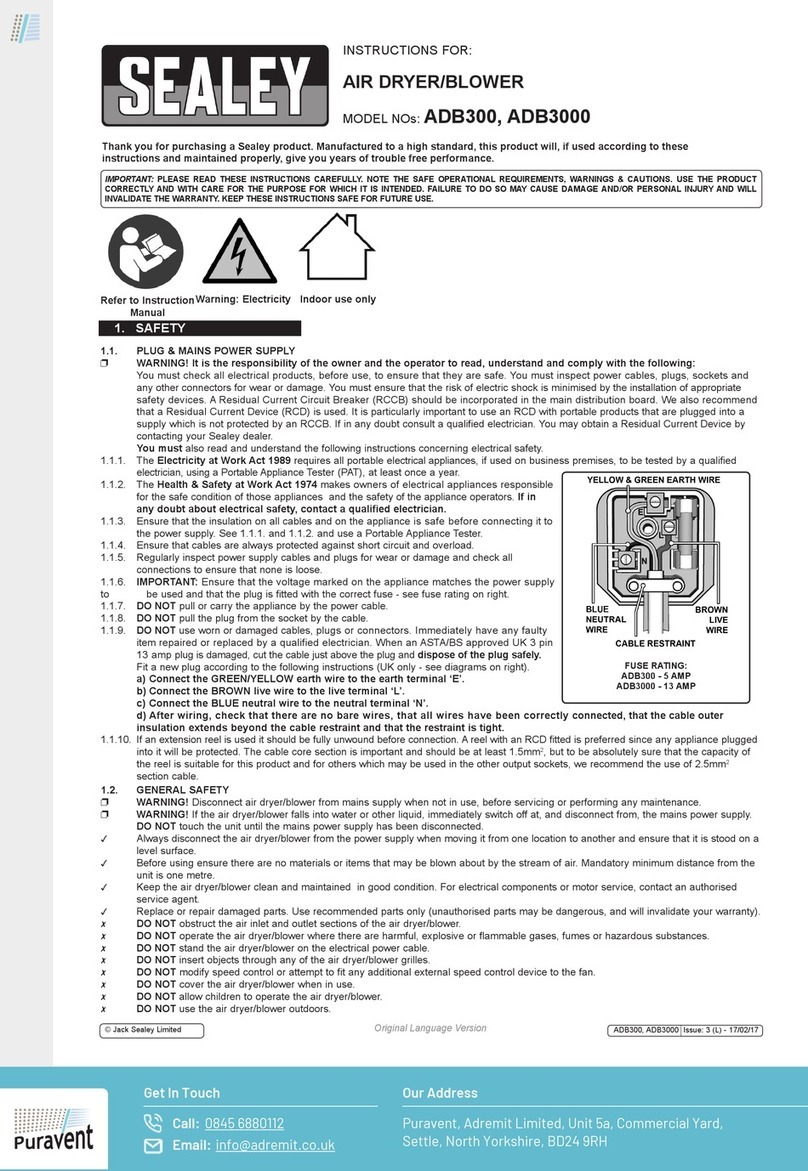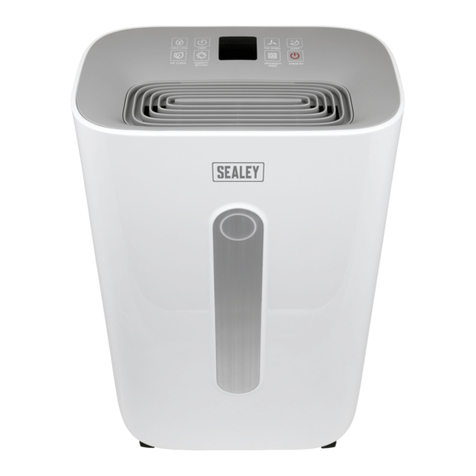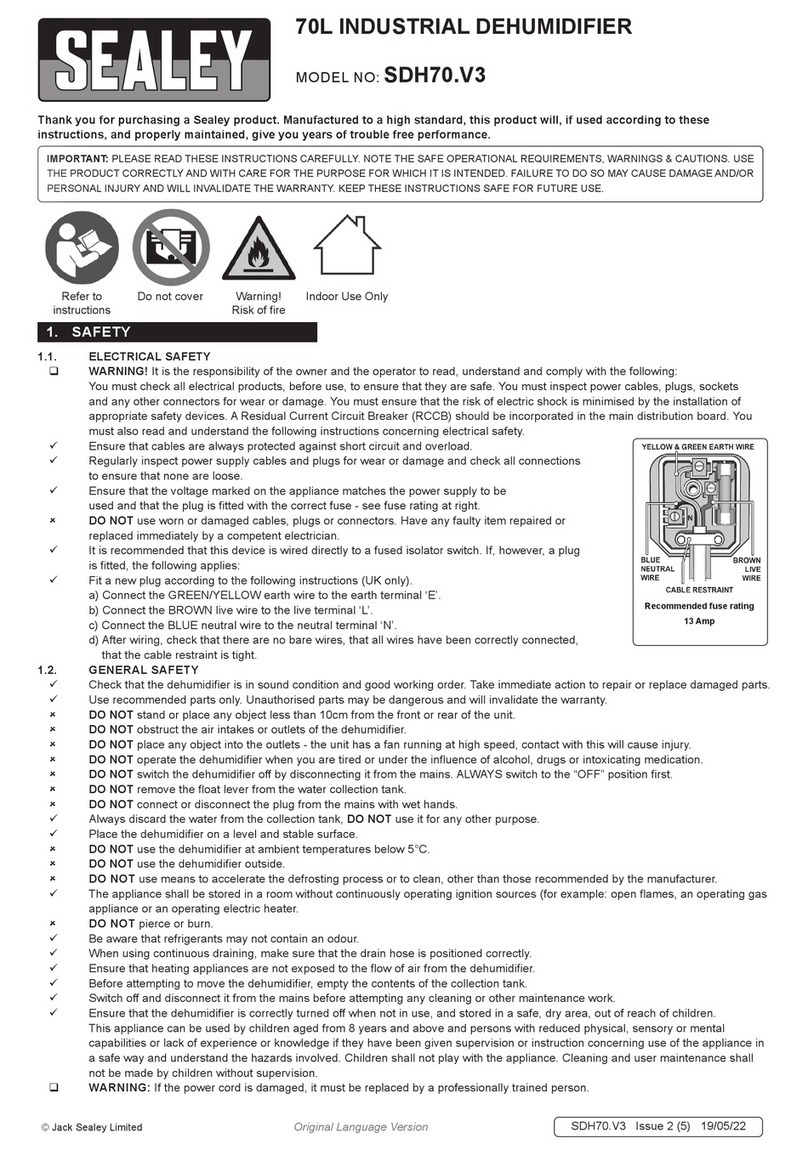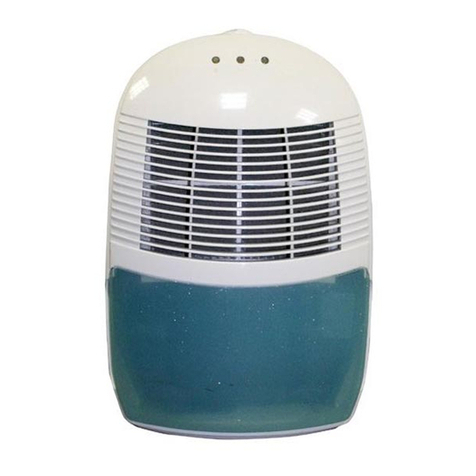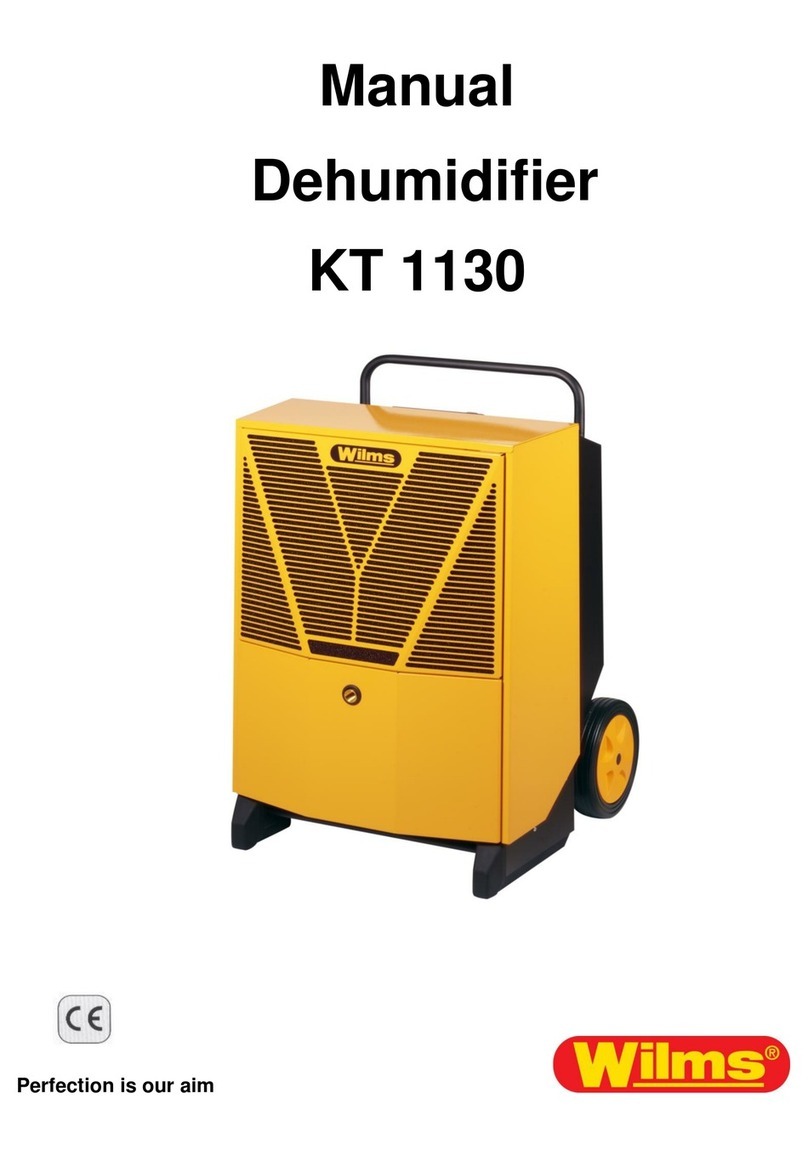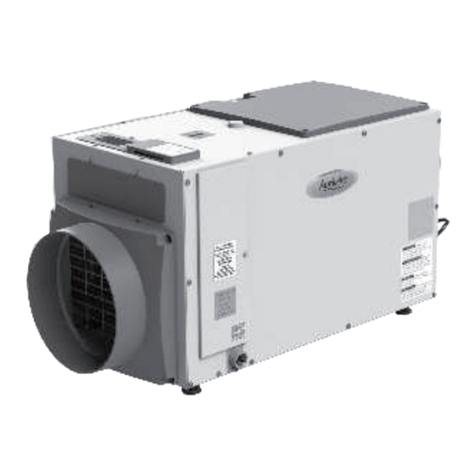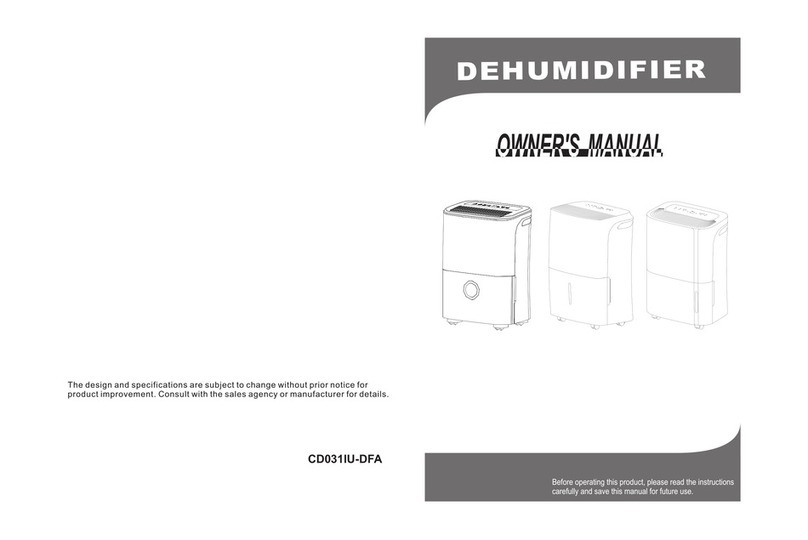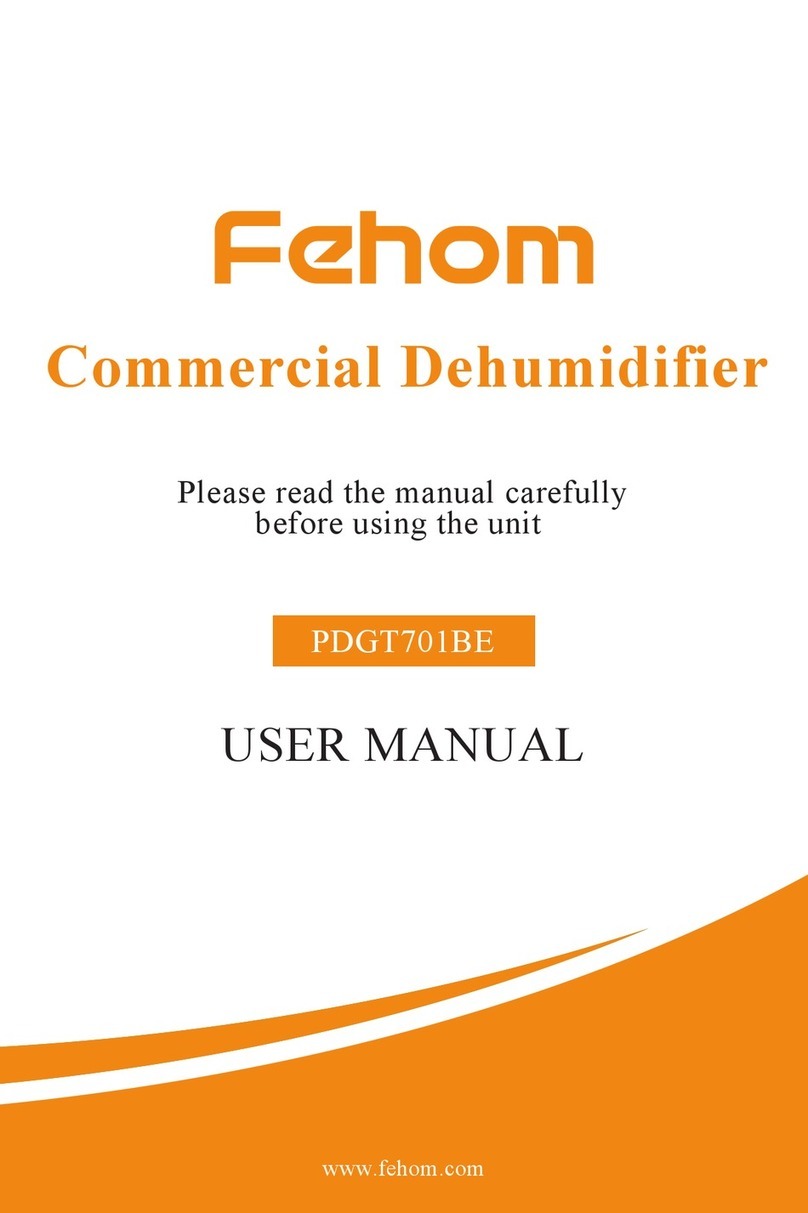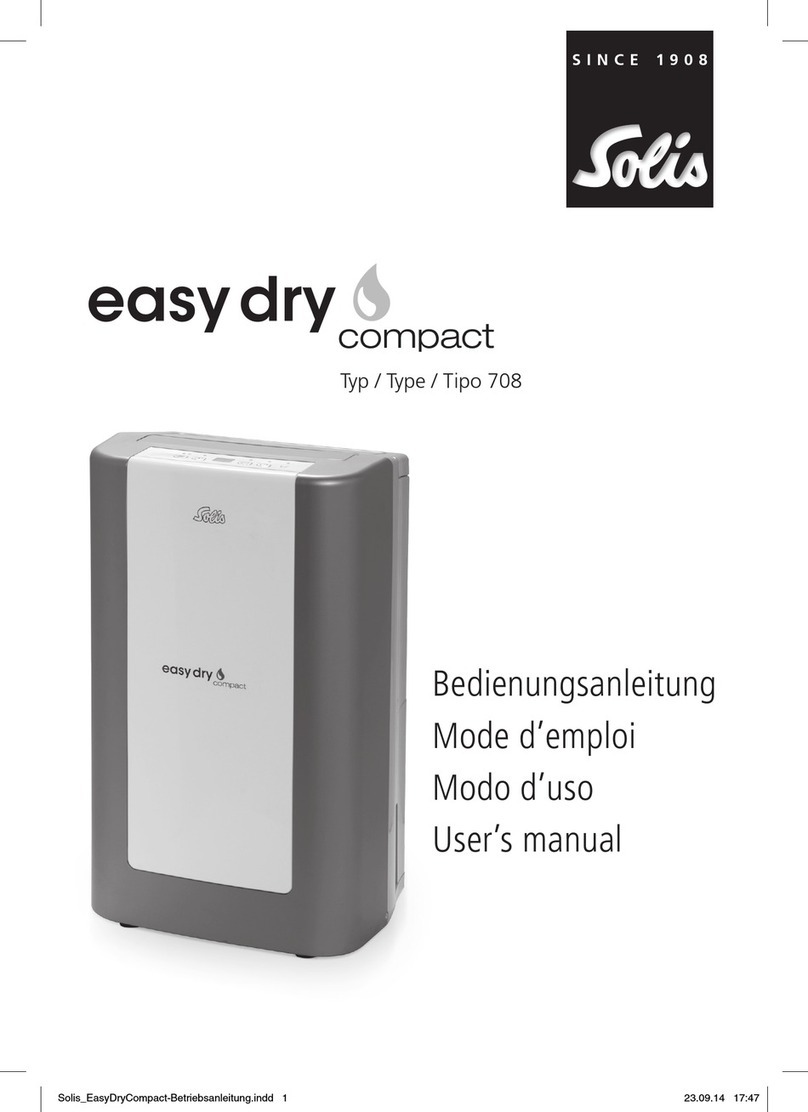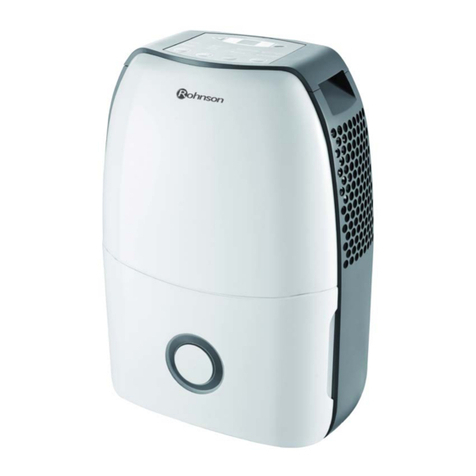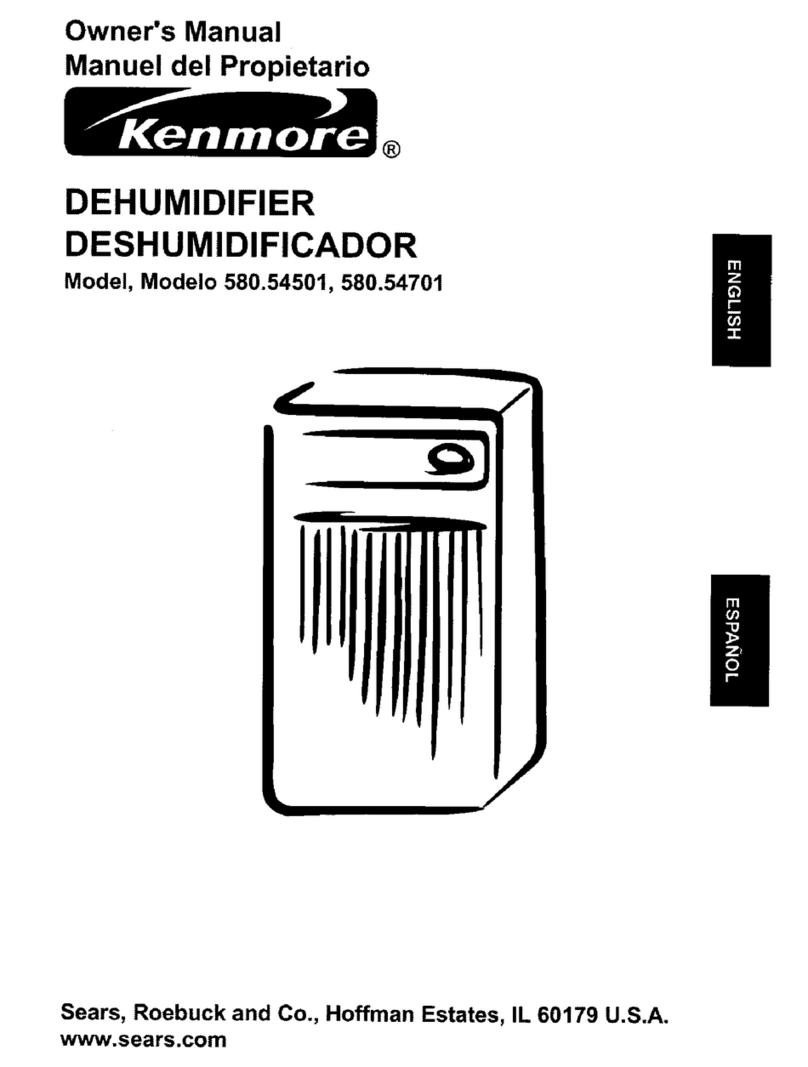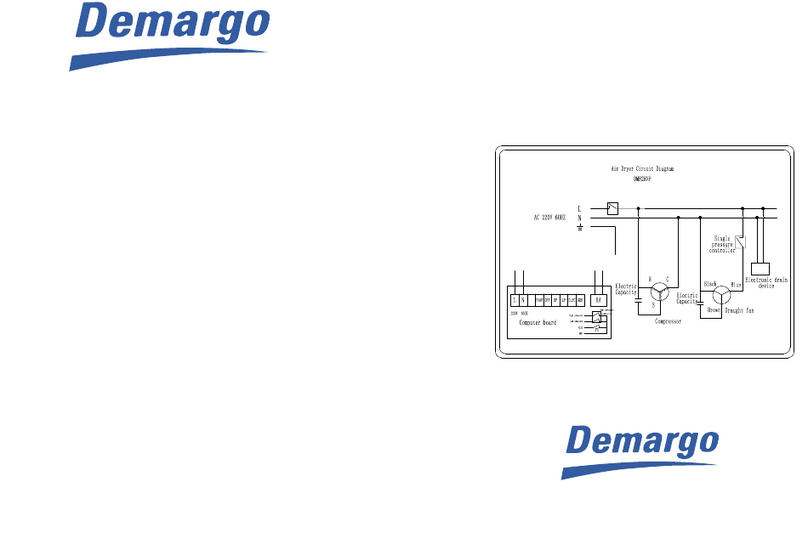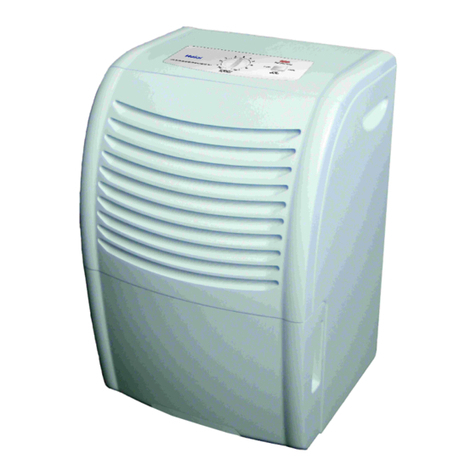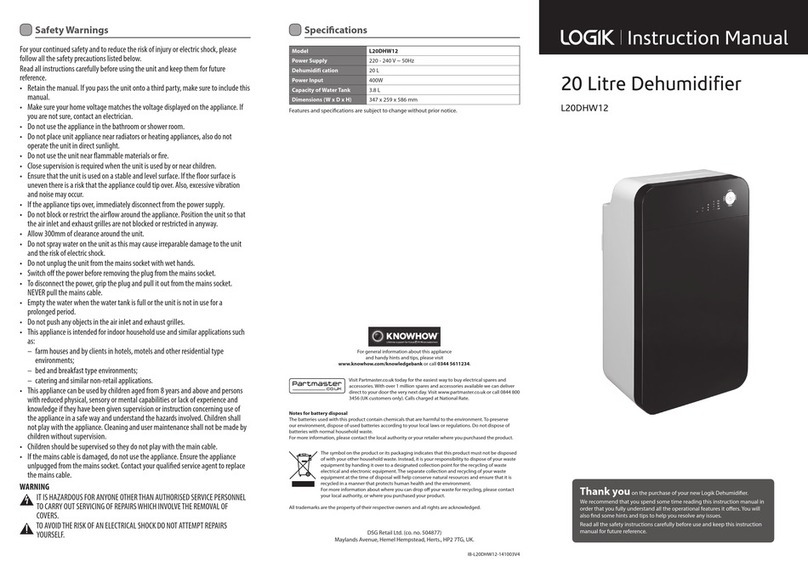
5.1.10. The following checks shall be applied to installations using ammable refrigerants:
5.1.10.1. The actual refrigerant charge is in accordance with the room size within which the refrigerant containing parts are installed.
5.1.10.2. The ventilation machinery and outlets are operating adequately and are not obstructed.
5.1.10.3. If an indirect refrigerating circuit is being used, the secondary circuit shall be checked for the presence of refrigerant.
5.1.10.4. Marking to the equipment continues to be visible and legible. Markings and signs that are illegible shall be corrected.
5.1.10.5. Refrigerating pipe or components are installed in a position where they are unlikely to be exposed to any substance which may
corrode refrigerant containing components, unless the components are constructed of materials which are inherently resistant to being
corroded or are suitably protected against being so corroded.
5.1.11. Checks to electrical devices
5.1.11.1. Repair and maintenance to electrical components shall include initial safety checks and component inspection procedures. If a fault
exists that could compromise safety, then no electrical supply shall be connected to the circuit until it is satisfactorily dealt with. If the
fault cannot be corrected immediately but it is necessary to continue operation, an adequate temporary solution shall be used. This
shall be reported to the owner of the equipment so all parties are advised.
5.1.11.2. Initial safety checks shall include:
•thatcapacitorsaredischarged:thisshallbedoneinasafemannertoavoidpossibilityofsparking.
•thatnoliveelectricalcomponentsandwiringareexposedwhilecharging,recoveringorpurgingthesystem.
•thatthereiscontinuityofearthbonding.
5.1.12. Repairs to sealed components
5.1.12.1. During repairs to sealed components, all electrical supplies shall be disconnected from the equipment being worked upon prior to
any removal of sealed covers, etc. If it is absolutely necessary to have an electrical supply to equipment during servicing, then a
permanently operating form of leak detection shall be located at the most critical point to warn of a potentially hazardous situation.
5.1.12.2. Particular attention shall be paid to the following to ensure that by working on electrical components, the casing is not altered in such a
way that the level of protection is affected. This shall include damage to cables, excessive number of connections, terminals not made
tooriginalspecication,damagetoseals,incorrectttingofglands,etc.
5.1.12.3. Ensure that the apparatus is mounted securely.
5.1.12.4. Ensure that seals or sealing materials have not degraded to the point that they no longer serve the purpose of preventing the ingress
ofammableatmospheres.Replacementpartsshallbeinaccordancewiththemanufacturer’sspecications.
5.1.13. Repair to intrinsically safe components
8DO NOT apply any permanent inductive or capacitance loads to the circuit without ensuring that this will not exceed the permissible
voltage and current permitted for the equipment in use.
5.1.13.1. Intrinsicallysafecomponentsaretheonlytypesthatcanbeworkedonwhileliveinthepresenceofaammableatmosphere.Thetest
apparatus shall be at the correct rating.
5.1.13.2. Replacecomponentsonlywithpartsspeciedbythemanufacturer.Otherpartsmayresultintheignitionofrefrigerantinthe
atmosphere from a leak.
5.1.14. Cabling
5.1.14.1. Check that cabling will not be subject to wear, corrosion, excessive pressure, vibration, sharp edges or any other adverse
environmental effects. The check shall also take into account the effects of aging or continual vibration from sources such as
compressors or fans.
5.1.15. Detection of ammable refrigerants
5.1.15.1. Under no circumstances shall potential sources of ignition be used in the searching for or detection of refrigerant leaks. A halide torch
(oranyotherdetectorusinganakedame)shallnotbeused.
5.1.16. Removal and evacuation
5.1.16.1. When breaking into the refrigerant circuit to make repairs – or for any other purpose – conventional procedures shall be used.
However,forammablerefrigerantsitisimportantthatbestpracticeisfollowedsinceammabilityisaconsideration.Thefollowing
procedure shall be adhered to:
•removerefrigerant;
•purgethecircuitwithinertgas;
•evacuate;
•purgewithinertgas;
•openthecircuitbycuttingorbrazing.
5.1.16.2. Therefrigerantchargeshallberecoveredintothecorrectrecoverycylinders.Forappliancescontainingammablerefrigerantsthe
systemshallbepurgedwithoxygen-freenitrogentorendertheappliancesafeforammablerefrigerants.Thisprocessmayneedtobe
repeated several times. Compressed air or oxygen shall not be used for purging refrigerant systems.
5.1.16.3. Forappliancescontainingammablerefrigerant,purgingshallbeachievedbybreakingthevacuuminthesystemwithoxygen-free
nitrogenandcontinuingtolluntiltheworkingpressureisachieved,thenventingtoatmosphere,andnallypullingdowntoavacuum.
Thisprocessshallberepeateduntilnorefrigerantiswithinthesystem.Whenthenaloxygen-freenitrogenchargeisused,thesystem
shall be vented down to atmospheric pressure to enable work to take place. This operation is absolutely vital if brazing operations on
the pipe-work are to take place.
5.1.16.4. Ensure that the outlet for the vacuum pump is not close to any potential ignition sources and that ventilation is available.
5.1.17. Charging procedures
5.1.17.1. In addition to conventional charging procedures, the following requirements shall be followed.
•Ensurethatcontaminationofdifferentrefrigerantsdoesnotoccurwhenusingchargingequipment.Hosesorlinesshallbeasshort
as possible to minimise the amount of refrigerant contained in them.
•Cylindersshallbekeptinanappropriatepositionaccordingtotheinstructions.
•Ensurethattherefrigeratingsystemisearthedpriortochargingthesystemwithrefrigerant.
•Labelthesystemwhenchargingiscomplete(ifnotalready).
•Extremecareshallbetakennottooverlltherefrigeratingsystem.
5.1.17.2. Prior to recharging the system, it shall be pressure-tested with the appropriate purging gas. The system shall be leak-tested on
completion of charging but prior to commissioning. A follow up leak test shall be carried out prior to leaving the site.
5.1.18. Decommissioning
5.1.18.1. Before carrying out this procedure, it is essential that the technician is completely familiar with the equipment and all its detail. It is
recommended good practice that all refrigerants are recovered safely. Prior to the task being carried out, an oil and refrigerant sample
shall be taken in case analysis is required prior to re-use of recovered refrigerant.
Original Language Version
© Jack Sealey Limited SDH102 Issue 1 07/11/18
